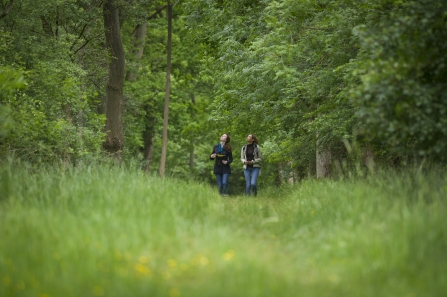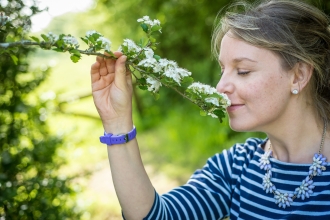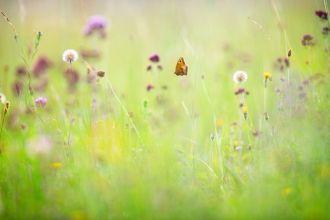I am walking around the reserve at Sutton Courtenay Environmental Education Centre, reflecting on my last six months here as an education trainee.
Standing on the bridge across the stream, looking downstream, listening to the wind through the trees and the reversing sounds from the lorries which are just 100 meters away on the other side of the fence protecting this special place.
Not just conserving but defending wildlife is becoming more and more important in this current climate of uncertainty. Here, at Sutton Courtenay, we not only educate children, their families and teachers about the amazing world, we inspire them to join us on the mission to save our wildlife.
Countless times I’ve spoken with accompanying adults and some children about how special this site is, being so close to all the industry that surrounds it whilst holding rare species such as great crested newts, and peaceful spots such as this stream.
It feels like, as a species, we are growing ever more disconnected from the natural world around us. We live in our fast paced worlds, rushing to work, to pick up the kids, to achieve and to ‘do’ so much - how often do we slow down?
We’ve all heard of mindfulness by now, the benefits and how it can help us with our current rise in mental health problems. But how is it really implemented, surely not just through mobile phone apps or colouring books?
On the reserve today I slow down, walking purposefully, with an acute awareness to see what I can find. This isn’t a conscious thought, but a natural one, which comes with my curiosity and desire to appreciate all around me.



